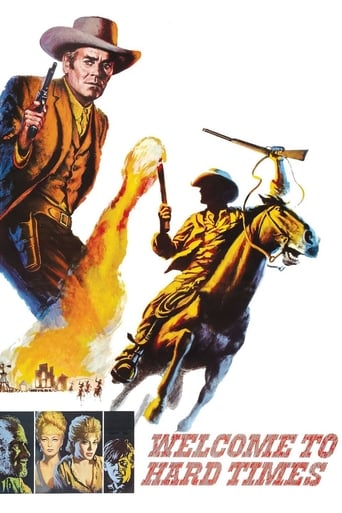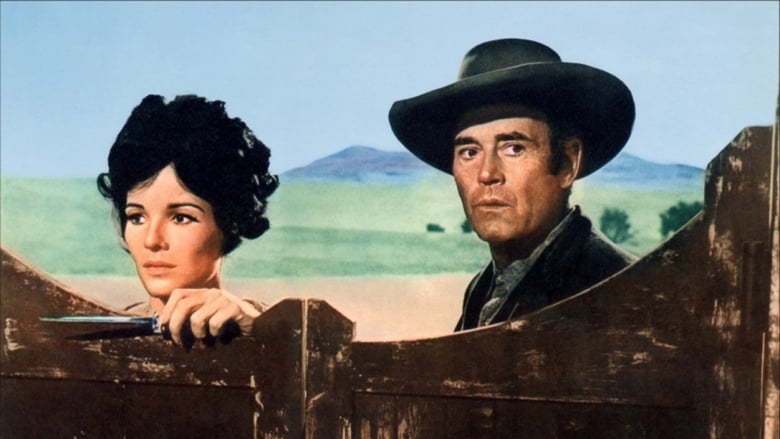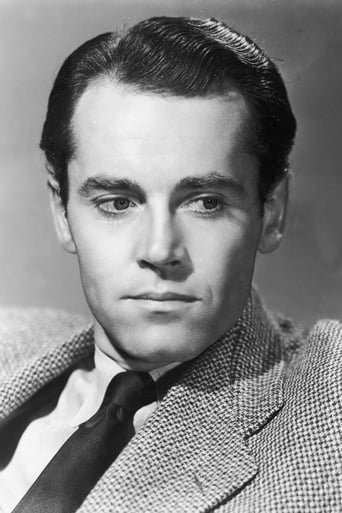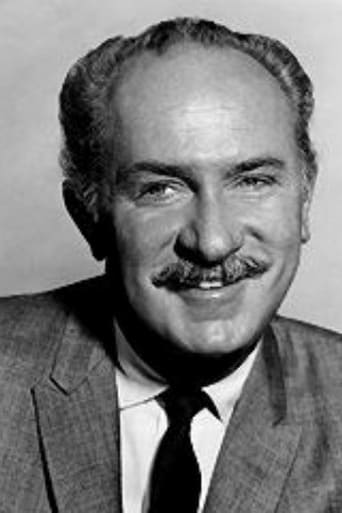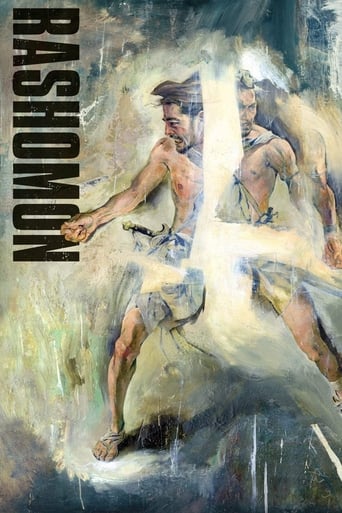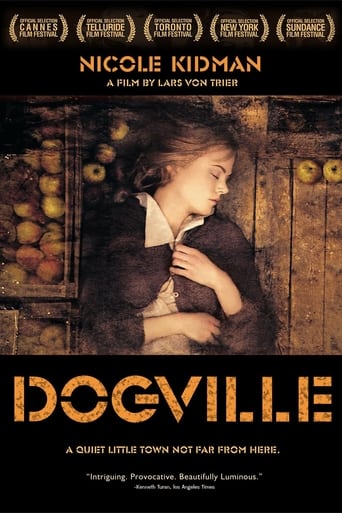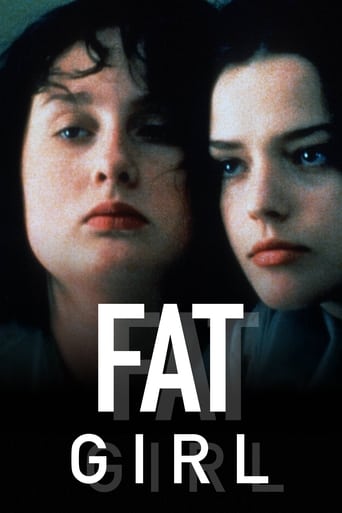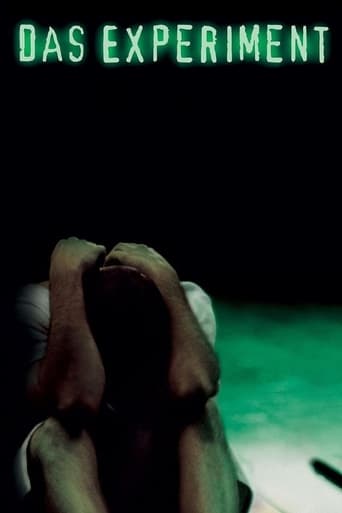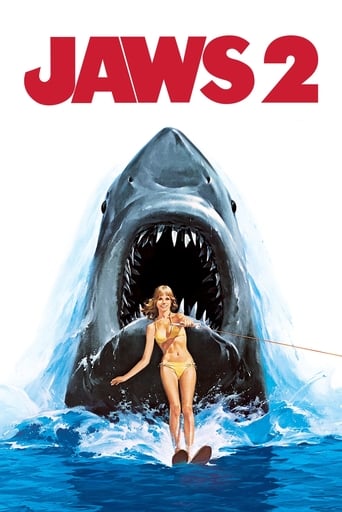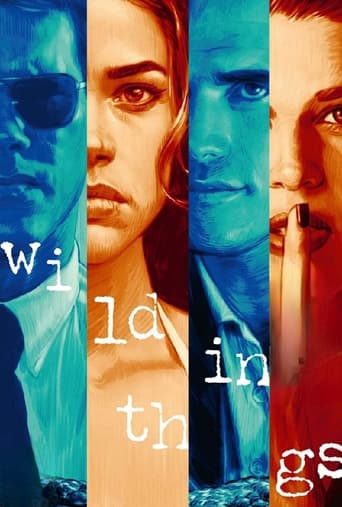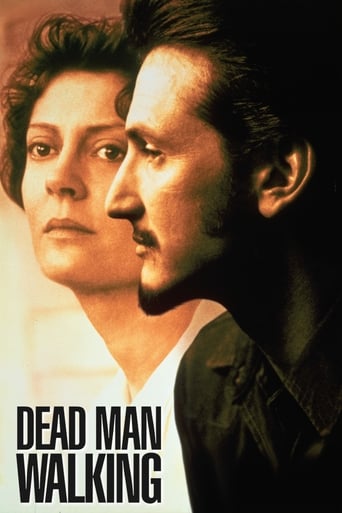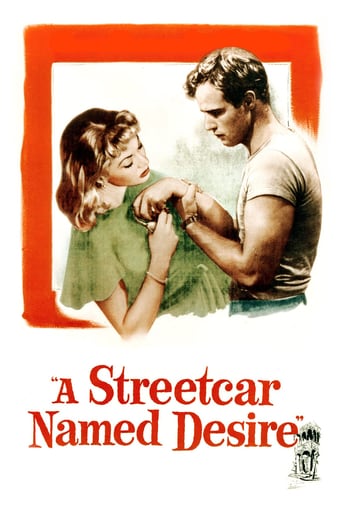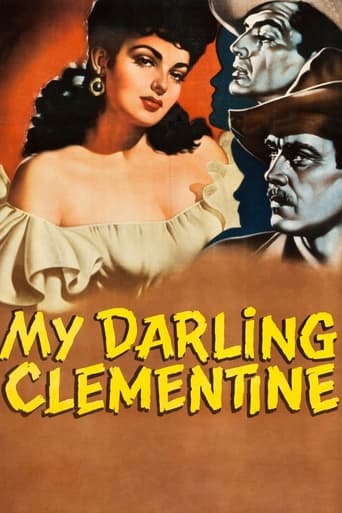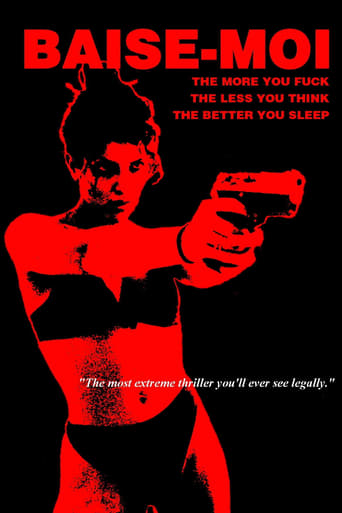Welcome to Hard Times (1967)
A sociopathic stranger all but destroys a small hardscrabble town but the 'mayor' convinces its survivors to stay and rebuild.
Watch Trailer
Cast


Similar titles
Reviews
Sadly Over-hyped
Pretty Good
Good concept, poorly executed.
Ok... Let's be honest. It cannot be the best movie but is quite enjoyable. The movie has the potential to develop a great plot for future movies
The review by rooster-davis is perfect, except that one star is generous. If I could give less than one star, I would. This was the worst piece of c..p I ever saw, bar none! I wasted one hour and 45 minutes of my life, with no redeeming value. Henry Fonda should never have done this movie. I HAD respect for him, at least, as an actor. Since I'm required to have ten lines of text in this review, I'll continue by saying that this was a very bad movie. Not only was it bad, it was ugly. There will be no reason for it to ever be shown again. And, furthermore, considering that my wife saw it with me, SHE thought it was the worst movie she'd ever seen END
A strange man from Bodie (Aldo Ray) rides into a jerkwater town that he proceeds to terrorize. He tortures the local prostitute in a saloon, kills a man who tries to help, clubs the barkeep with a bottle, shoots his own exhausted horse, steals another, kills the owner, etc. He even takes over the town Indian's tepee, drinks his hot coffee directly from the fire pot, and eats his corn off the stalk. The psychopath then burns down the town before he rides away on his stolen horse. All the while the semi-cowardly pacifist lawyer-sheriff (Will Blue = Henry Fonda) sits, then watches, and then works up the courage to get the drop on the sadist or perhaps shoot him in the back. He is not successful, but so aren't the docile town citizens, who number about 15 or 20. Blue has to salvage what's left, and it isn't much. Could the burning town and "Bodie's" savage laughter be symbolic of hell and Satan? There is some rebuilding, but you know the stranger will be back (Don't they always return?). Aldo Ray plays one of the most effective mean roles in western cinema history, i.e. without the need for dialog. His hulking presence is enough. He certainly does a good job in killing off much of the veteran cast in his two town "visits." A movie feature is the double ending, perhaps one of the first for a US Western, and perhaps a prelude to future slasher flicks.There is no way this movie was the real West, which was tamed after all. We know that the old time lawmakers – Bat Masterson, Wyatt Earp, Temple Houston, Charlie Siringo, Pat Garrett, Heck Thomas, Bill Tilghman, Chris Madsen, and the rest – did what they had to do. And these folks did not die until the 20th century, and Madsen lived to be nearly 100! The law was well-enforced even by the Hollywood cowboys – W.S. Hart (who knew the real West), Tom Mix, Ken Maynard, Johnny Mack Brown, Gene Autry, and many others. The typical scenario was like this: First, the bad guy did his dastardly deed and initially got away with the crime. Next, the good guy gathered evidence and was soon hot on his trail. Then came the inevitable result: the hoosegow or Boot Hill. Welcome to Hard Times is thus strange indeed. For not only did it take away the persona of the hero, but it also gave the bad guy an egocentric place in the overall setting. It may even have helped to give rise to the western anti-hero (á la Clint Eastwood, Gene Hackman, and others). This movie was filmed in 1966, but not released until the following year. For a long time the old-style western was never the same except mainly for the Duke's work in the 1960s and 1970s. The genre today has not really come back.This off-beat western is supported by a very competent and incredibly well-stocked supporting cast (although they are mostly wasted). Old timers like Edgar Buchanan, Keenan Wynn, John Anderson, Warren Oates, Denver Pyle, Janis Paige and the rest are always a delight to watch. The cinematography is fine, and the dancing girls are attractive enough. But the movie itself just could not represent the real West!
It's amazing that Henry Fonda made the fantastic "Once Upon a Time in the West" the same year, or thereabouts, that he made this atrocity. Tonally inept, directed like a school play, with an obnoxious, heavy-handed score, this is an object lesson in how not to make a western. As you probably know by now, an impossibly brutal killer terrorizes a small town but no one has the courage to stand up to him. You'd think they could hand out a few guns and encircle the guy, instead of taking him on one at a time. Various central-casting western types cycle through, brandishing their mustaches and petticoats, and seem to have been left to their own devices on such matters as line readings (Keenan Wynn, in particular, barks his dialog as though dictating it to a sign painter). Ersatz Aaron Copeland music kicks up for interminable montages of town-building. Henry Fonda and Janice Rule have the same argument for two hours until, mercifully, some bloodshed makes the conversation moot. You will mourn the two hours of your life you sacrificed on the altar of this inert flick.
This is the type of film that was made to make a statement, and it builds the tension in a very efficient way. Never mind that Aldo Ray has no reason to be so cruel, let's pretend that he is totally crazy. What about Henry Fonda? To be so pacifist and calm when all his world is being destroyed makes you also think that he is kind of a lunatic. Janice Rule as the woman who gets angry with Fonda's attitude creates the main conflict. The last moments of this film are a total letdown. It would be very important to have a dialogue between Fonda and Janice at that time, then the statement of the film would come through. Unfortunately that does not happen.

